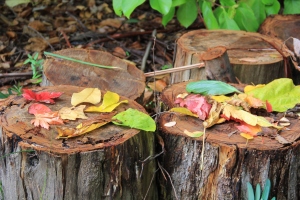To say I’m excited would be an understatement. I’ve been selected to write a regular post for the prestigious PreK + K Sharing cooperative ECE blog!
I will be blogging alongside some of the greats of the ECE blogosphere, bloggers from all over the world, with thousands of influential posts to their credit. I’m honoured – and very slightly puzzled.
Considering that my total blogging experience consists of just two posts here at Child’s Play Music that’s an amazing leap of faith on the part of Debbie Clements, PreK + K’s founder & organiser, and an ECE blogging luminary in her own right.
I’d like to think that it’s the sheer quality of my writing – the profundity and erudition of my prose – the enormous depth of my knowledge – and the sparkling originality of my ideas that made Debbie realise that I was the perfect writer for PreK & K. However, I suspect that it was one word that made Debbie certain that I should get the nod.
That word was: deadline.
To quote from our correspondence:
Debbie: “SOOOOOOOOOOOO. It’s the 25th. At this point in time, it’s on an every other month sort of basis that I need a contribution from you, beginning next week for the 25th.”
Me: “Jan 25th! Wow that’s short notice. Trying to get that together and learn Blogger might be a bit tricky, but I’ll see what I can do.”
Debbie: “AWESOME!!!!!”
In the face of that sort of enthusiasm, what can you do? I buckled down and wrote the damn thing. And I think it’s pretty good.
It’s an article about why your outdoor area is the perfect place for your music program. Get music out of the classroom and outside in the dirt where it belongs! OK, that may seem a fairly strange statement: surely music is a genteel pastime, best suited to the salon, the studio and the concert hall. Isn’t it?
Nope. But you will have to read the post to find out why. It will be published January 25th, 5.00am EST (that’s US Eastern Standard Time). PreK + K Sharing. You read it here first.
________________________________________________________________________
Like this post? Make sure you check out the rest of my web site!
And you can find Child’s Play Music on Facebook
You might also like these blog posts:
The Best Playground in Perth – The Naturescape
Let Me Play! (Trust Me, I’m Learning)
Water Play, Music Play & Children: A Natural Combination
















